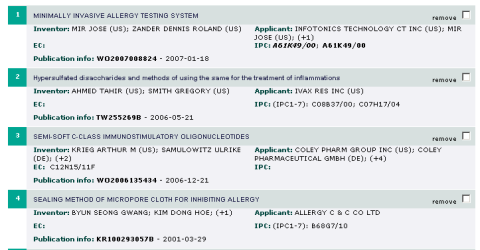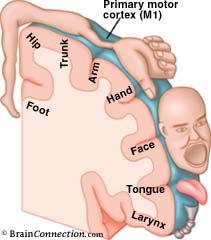I found an interesting extension of my self blog at Edge
Five and a half years ago, Edge published a notable essay by neuroscientist V.S. Ramachandran, entitled MIRROR NEURONS and imitation learning as the driving force behind “the great leap forward” …
And, one year ago, we published a related essay, Mirror Neurons and the Brain in a Vat [1.10.06], which further developed this set of ideas …
Here, for the Edge 10th Anniversary Essay, we are pleased to present a new work, “The Neurology of Self-Awareness”, in which “Rama” explores the concept of the self, tying in the ideas of researchers such as Horace Barlow, Nick Humphrey, David Premack and Marvin Minsky (among others), who have suggested that consciousness may have evolved primarily in a social context.
Ramachandran shows an interesting development – by chance quite similar what I am currently reading from Alfred Adler and his scholar Rudolf Dreikurs: children (and adults) want to be accepted as individuals and want to be at the same time part of a group. Martin Buber comes to my mind “Der Mensch wird erst am Du zum Ich”. Yea, yea.
Don’t miss the NYPL digital gallery for a more detailed view of mirror neurons.


